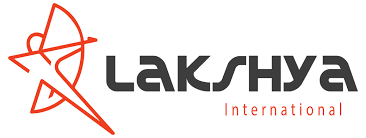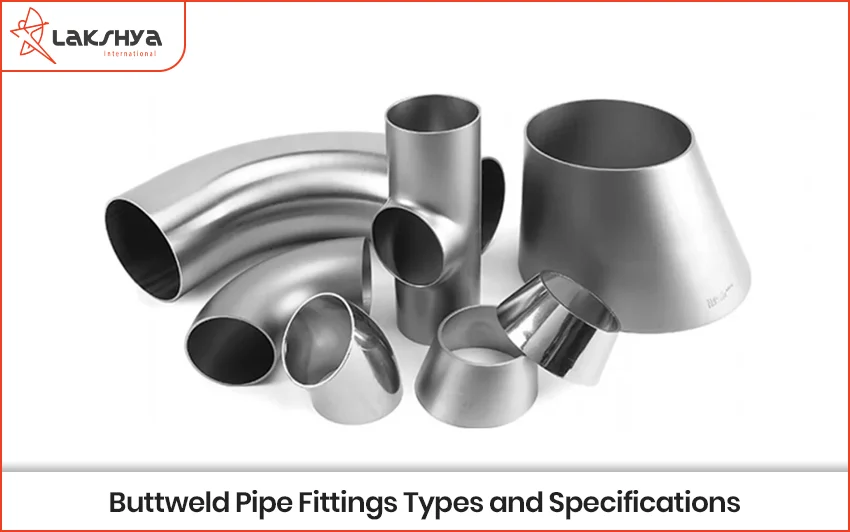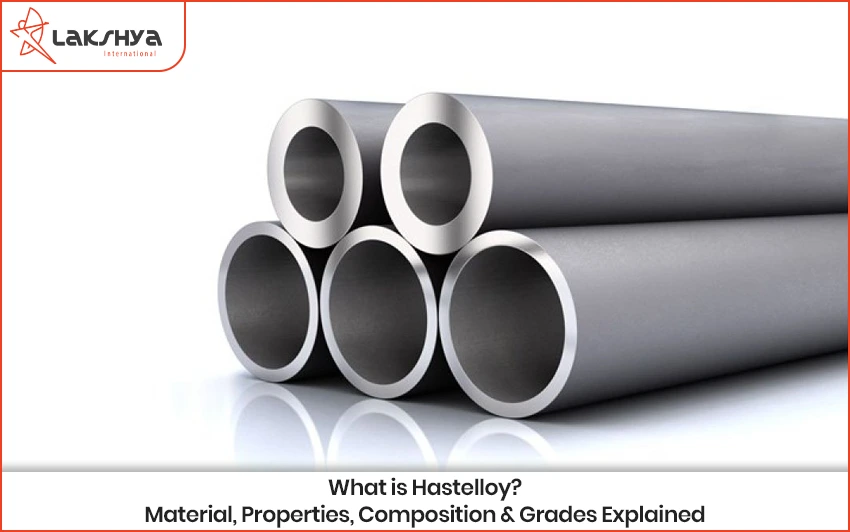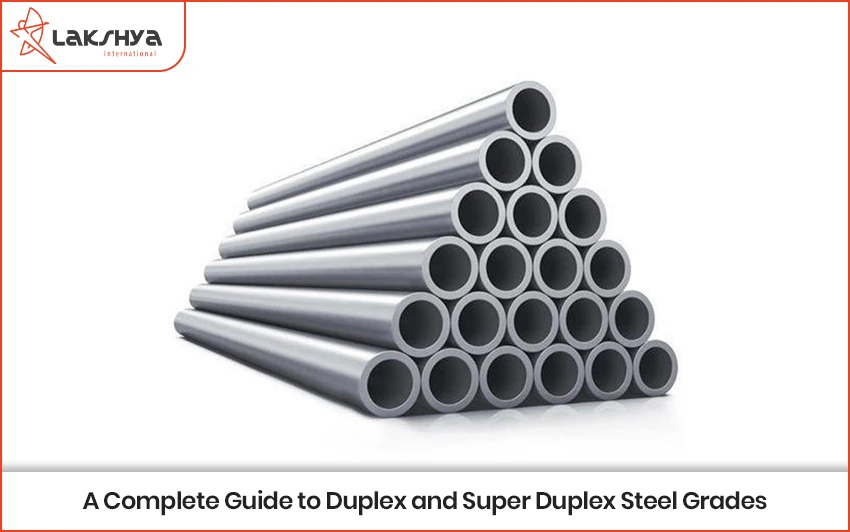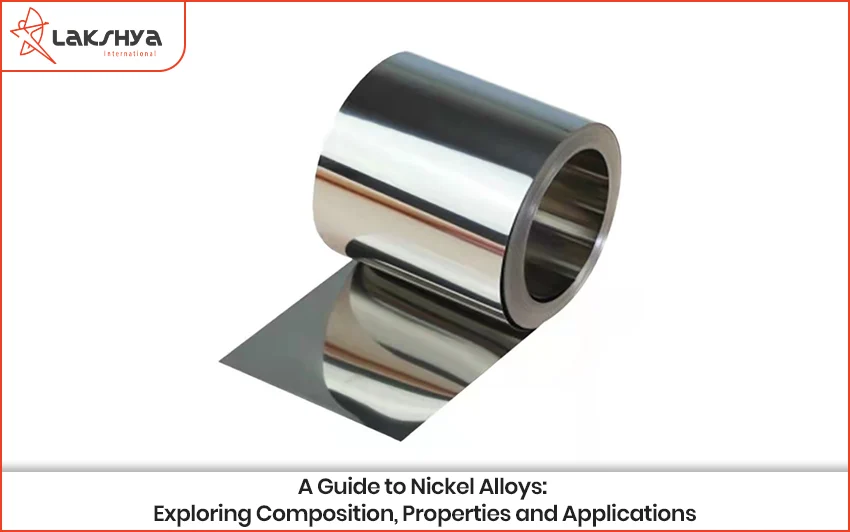Buttweld pipe fittings: what are they?
Common Types of Buttweld Pipe Fittings
Elbows (45°, 90°, 180°)
In pipe systems, elbows are used to change the direction of flow. To meet various directional needs, they are accessible at three main angles: 45°, 90°, and 180°. These elbows come under the following categories:
- Radius Long (LR) Elbows: A smoother, slower change in direction is offered by the center line radius, which is 1.5 times the pipe’s nominal dimension and reduces energy loss.
- Short Radius (SR) Elbows: These elbows are suitable for narrow spaces as their centerline radius is equal to the standard pipe size, but they can additionally raise disturbance.
Tees
Tees are used to separate the pipeline. There are two main varieties of them:
- Equal Tees: The flow is distributed evenly among the three branches considering that they all have the same diameter.
- Reducing Tees: Flow is diverted to a pipeline of a different size as the branch pipe’s diameter is smaller than the main line’s. For a piping network to have multiple branches, tees are essential.
In order to attach pipes with various diameters, reducers are important. Two distinct groups exist:
- Concentric Reducers: Commonly used for vertical pipelines, these symmetrical reducers maintain the pipe’s centerline.
- Eccentric reducers are often used in horizontal plumbing structures due to their offset construction, which prevents air accumulation. Reducers prevent pressure drop, regulate flow rates, and minimize disturbance.
Caps are made to safely close a pipe by locking its end. They are used to temporarily or permanently seal tubes while they are being maintained, examined, or shut down.
Crosses, which connect four pipeline sections, are commonly seen in intricate piping networks that have multiple flow directions intersecting, such as fire sprinkler systems. They can be beneficial for essential uses due to the are capable of supporting high stress on the joints.
Stub Ends for systems which have to be dismantled regularly stud ends are used with lap joint flanges. They make it easier to look at and fix pipes and lower the chance of flange surface damage. In the food processing and chemical sectors, where hygiene standards are essential, these are frequently used.
Material Types for Buttweld Pipe Fittings
- Stainless Steel Pipe Fittings: Due to their high strength, resistance to corrosion, and visual appeal, stainless steel pipe fittings are extremely valuable. They are extensively utilized in food-grade, pharmaceuticals, and sanitary applications where durability against contamination and hygiene are important. Stainless steel is ideal for water treatment and chemical processing as it is resistant to many different kinds of chemicals. Stainless steel 304 offers exceptional durability against corrosion in mild climates. It is frequently used in general pipelines, kitchenware, and food processing. The incorporation of molybdenum to grade 316 stainless steel improves its durability against chemical corrosion, especially from chlorides and acidic conditions. Due to this, it is a popular choice for chemical processing, medicinal, and marine applications.
- Carbon Steel Buttweld Fittings: Buttweld fittings crafted from carbon steel are well-known for their superior strength, durability, and affordability. They are suitable for industries like petrochemical processing, power generation, and oil & gas as they endure extreme pressures and temperatures. Due to the tendency to rust, carbon steel fittings are frequently covered to improve their durability against corrosion.
Size and Specifications
Buttweld Pipe Fittings Benefits
- Leak-proof Connections: Leak risk is reduced by the welded joint.
- Strength and Durability: The system integrity is enhanced by the continuous metal structure.
- Cost-effective: Longer lifespan and lower maintenance requirements.
- Smooth Flow: Turbulence and pressure loss are reduced by internal smoothness.
Buttweld Pipe Fitting Applications
- Refineries, offshore platforms, and pipelines are all used in the oil and gas industry.
- Power generation is essential for turbine and boiler systems.
- Chemical Processing: Suitable for high-temperature and corrosive environments.
Conclusion
The efficiency and safety of industrial piping systems rely on the choice of buttweld pipe fittings. Industries may improve the durability and efficiency of their piping networks by understanding their types, compositions, and uses.
For high-quality buttweld pipe fittings from reliable suppliers, visit Lakshya Steel.
